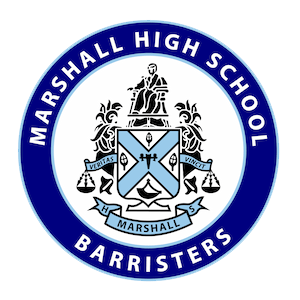Rebel Reads - Banned Books
Banned Books
What is the difference between a challenge and a ban?
A challenge is an attempt to remove or restrict materials, while a ban is the actual removal of those materials. Thanks to library staff, librarians, and educators, many challenges are unsuccessful.
Materials are often challenged with good intentions: to protect others (usually children) from difficult ideas and information. But the problem with this is, “difficult” is often subjective: one person’s idea of difficulty is different from another, and can often be harmful. It can lead to censorship.
Challenges are motivated by a desire to protect children from materials deemed “inappropriate” for their age group. There are usually three reasons a material might be challenged for this reason:
- the material was considered to be "sexually explicit"
- the material contained "offensive language"
- the materials was "unsuited to any age group"
However commendable the motivation, the Access to Library Resources and Services for Minors of the Library Bill of Rights that only parents have the rights and the responsibility to restrict materials for their children, and not librarians and other library staff. Censorship by librarians of protected speech is a violation of the First Amendment of the Constitution.
Access to Library Resources and Services for Minors: An Interpretation of the Library Bill of Rights
Top Ten Most Challenged Books (2022) [source]
How many have you read?
- Gender Queer, by Maia Kobabe
- All Boys Aren't Blue, by George M. Johnson
- The Bluest Eye, by Toni Morrison
- Flamer, by Mike Curato
- Looking for Alaska, by John Green
- The Perks of Being a Wallflower, by Stephen Chbosky
- Lawn Boy, by Jonathan Evison
- The Absolutely True Diary of a Part-Time Indian, by Sherman Alexie
- Out of Darkness, by Ashley Hope Perez
- A Court of Mist and Fury, by Sarah J. Maas

